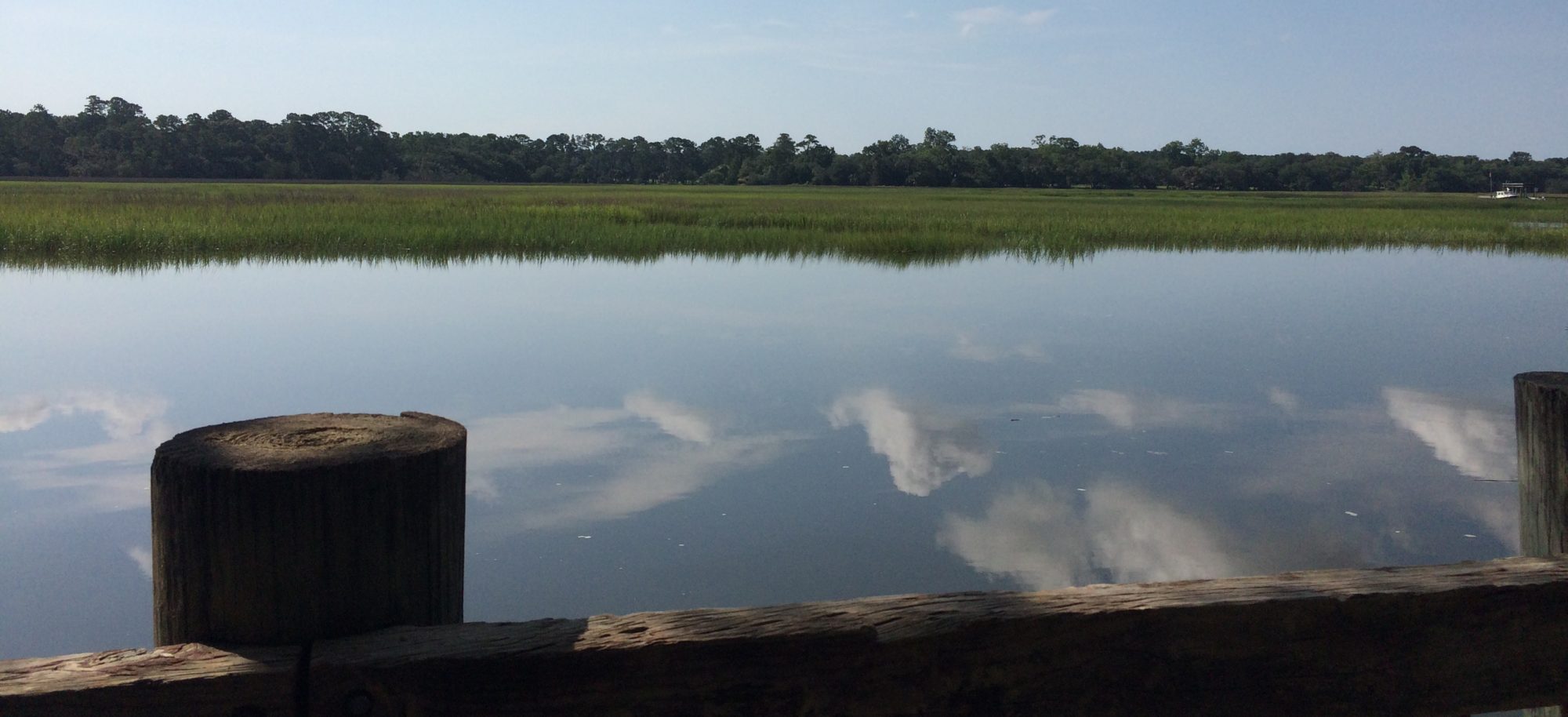Through the train window streaked with dissipating rain on a late October morning, the asymmetric towers of Chartres’ cathedral loomed like stalagmites over hills of yellow grass. Walking up from the station, Carolyn and I leaned into the gusty wind, stepping through a small entry cut into the large western doors of the church. Once inside, all was quiet, damp and cool, bathed in blue light.
“1793 was a terrible year for Chartres Cathedral,” announced the visitor education board in French and English, describing statuary mutilation during the French Revolution directed at the monarchy and its religious connections. Happens everywhere, it seems: desecration of others’ beliefs to confirm one’s own; violence in the service of faith.
Perhaps a cathedral absorbs the perpetual mix of peacemaking and violence which characterizes its human family. Maybe it is an architectural expression of passive resistance, the power to assimilate and absolve the rage of a few on behalf of the many who love what its symbolism recalls — peace, forgiveness, hope.
It is lighted by the sun, this place of stained glass and limestone, through a uniquely penetrant shade of blue. It seemed more than color as I stood there, a blueness drawn to the breaking point of blue, as if the sky one winter evening sent a message to this little town in northern France saying, “This is the moment; take down this blue; this is the color of faithfulness.”
Weeks later, wandering through a chilly Berlin square filled with the scents and sounds of a Christmas market, we noticed a brooding, jagged stump of tower next to a new church. The tower is a remnant, as it turns out, of the Kaiser Wilhelm Memorial Church destroyed in a 1943 Allied bombing, intentionally preserved as a relic alongside the replacement church.
We crossed the street and went in. Others were already standing inside the church, saying little as crowds and traffic fell away in acoustically-designed silence. Hundreds of polygons of stained glass in a beige concrete honeycomb transmuted the evening light into a deep, penetrating blue.
The glass is French, said a brochure offered in a wooden rack by the door, specially stained panels made in the Chartres studio of Gabriel Loire.
… French? Chartres??
I e-mailed the church when we got home. The Pastor kindly responded. Egon Eiermann, its German architect, he said, had simply found in Gabriel Loire the ideal partner for his design.
So that’s it. It’s a prayer. The whole building, glass and all. Especially the glass.
They saw it. They felt it. Eiermann and Loire. The thing is, they just went ahead and did it, designing a tangible peace, a celebration of faithfulness, a recognition of the divine within each of us as we stood there on a December evening, flooded by blue.
In Still Point Arts Quarterly 30, 2018.
